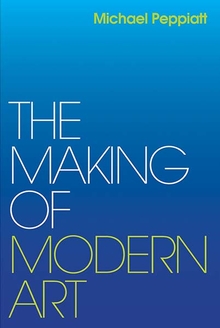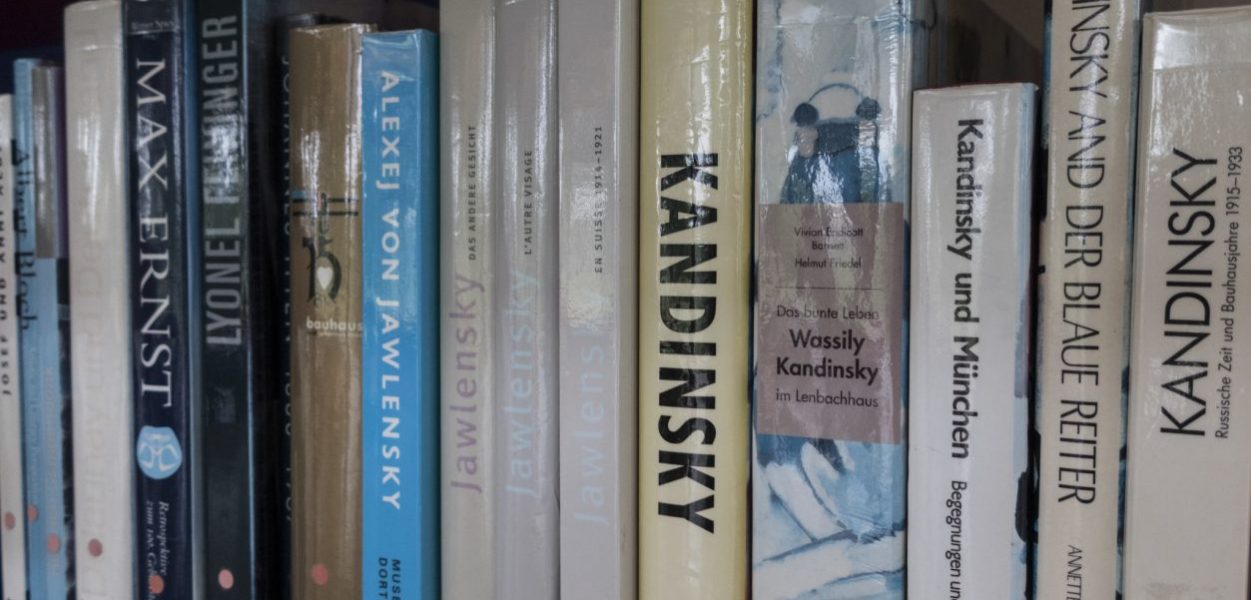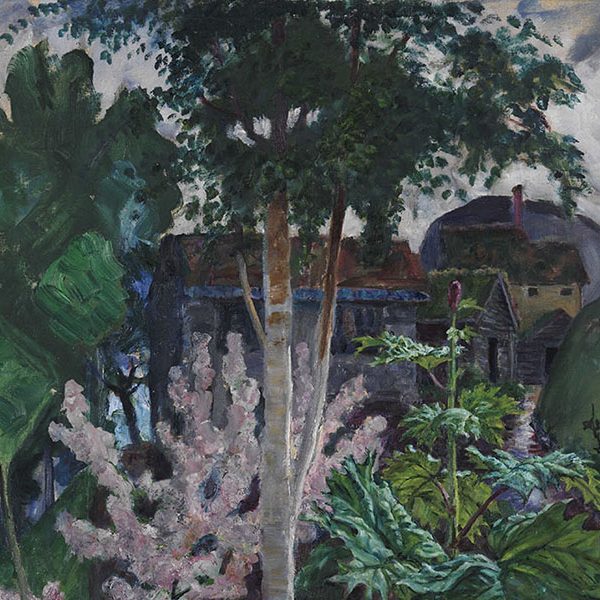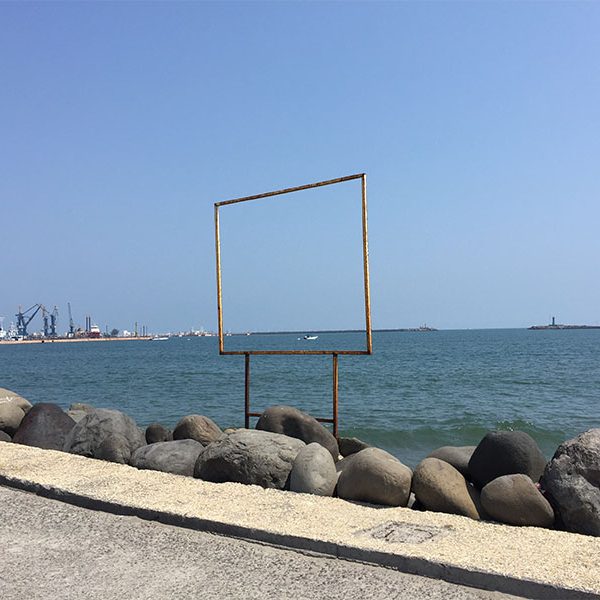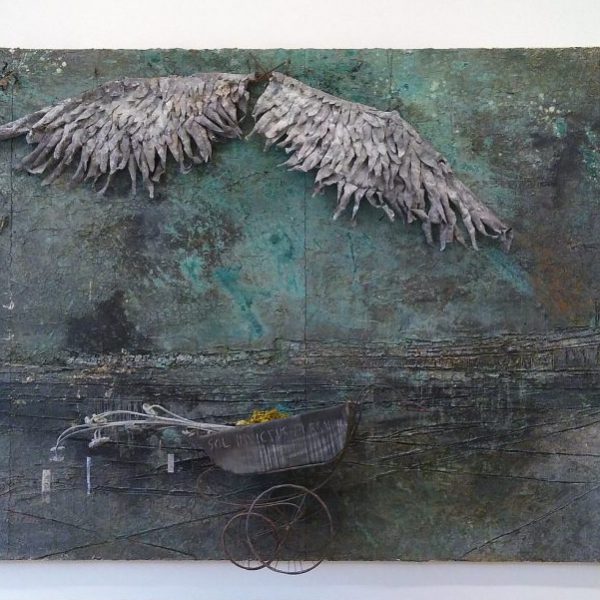Klee and Kandinsky Side by Side
Michael Peppiatt—
Even if Paris lost its prominence as the art
With truly original artists, the studio remains almost invariably a place of specific interest, a kind of textbook or lexicon of the way an artist works and sometimes even of a work of art itself. Wherever Paul Klee happened to be working, for instance, he built up an orderly jungle of objects that stimulated him most. Both the places he worked in and what he kept there, though, would have seemed an affront to the prominent artists of the day– and not least to Klee’s professor at the Munich Academy, Franz von Stuck, a ‘society favourite’ greatly esteemed by the Bavarian bourgeoisie.
Early in his career, the Swiss-born Klee had a studio in a ruined little rococo palace in Schwabing, Munich’s traditional ‘bohemian’ quarter. Though the roof leaked straight into the studio, the space and the light proved more than adequate; and Klee found additional advantages in the fact that Wassily Kandinsky’s studio and the tranquil Englischer Garten were just next door. Among the objects Klee kept around him as he worked was an astonishing profusion of natural forms ranging from coral and molluscs to sprays of dried flowers, leaves, pieces of bark and minerals. He delighted in studying the fantastic shapes that nature took, and he made a special collection of seaweeds, placing them between two sheets of glass and displaying the result under the title Baltic Forest. Klee also went about collecting children’s drawings with almost fetishistic thoroughness: he kept those he himself had done as a child, those by his son Felix and many others by his friends’ children. African masks and weapons, as well as things nearer home, such as Bavarian glass paintings, rounded out his large and varied collection, which also naturally included the artist’s own artefacts. The painter Lyonel Feininger, who came to know Klee well both in their Blaue Reiter and their Bauhaus days, remembers Klee’s studio as being dotted around with
contraptions pieced together of flimsy materials such as gauze, wire and bits of wood, some capable of moving by draughts of air, others manipulated by a tiny crank– ships of weird design, animals, marionettes and masks, which he made for a Punch and Judy theatre for Felix, his son.
But the most memorable aspect of Klee’s studio was the very volume of work that was constantly, and quite visibly, under way. Not only was the space thronged with easels, each displaying a work in progress, it was also hung with a clothesline on which watercolours had been pegged to dry. However preoccupied the artist became with the teaching he undertook with such enthusiasm, his own creative activity was never allowed to suffer as a result. Like most serious artists, Klee realized that only by regular, hard work could he come fully into his own. ‘Here in the studio,’ he wrote to his wife, Lily, from the Bauhaus, ‘I am working on half a dozen paintings, drawing, and thinking about my teaching course . . . The life and bustle of Weimar does not exist for me. I work and never speak to a soul.’
By the end of his unusually fertile life, Klee had produced no fewer than ten thousand works. Yet his studio, although encumbered by canvases and objects, always retained a certain methodical neatness. When Picasso visited Klee in Bern a few years before the latter’s death, he was struck by the orderly nature of his studio, which he compared to a ‘laboratory’.
At an even further extreme from the unchecked chaos that Picasso enjoyed having around him as he worked was the studio of Klee’s great Bauhaus companion Kandinsky. With its meticulously arranged rows of bottles, the Russian painter’s pristine working space was frequently compared to an apothecary’s shop and his personal appearance to that of an illustrious professor or high-ranking civil servant. ‘Visiting him in his studio for the first time, I believe it was late 1922,’ recounted another Bauhaus colleague, Herbert Bayer, ‘I was very much impressed to see him dressed in a black morning-suit and a wing-collar, on his left arm the academic type of palette (large teardrop shape), painting in the most controlled way without getting any spots on his suit.’ Klee and Kandinsky had lived side by side in the Gropius-designed atelier-houses at the second location of the Bauhaus in Dessau. By looking at and discussing each other’s work regularly, they exerted a mutual influence: Klee’s painting grew stronger in its emphasis on structure, while Kandinsky’s became lighter and more delicate.
It was Kandinsky who experienced what one might call the great studio epiphany, and as a result changed the course of art. ‘It was the hour of approaching dusk,’ he noted in his precise, circumstantial fashion.
I came home with my paint box after making a study, still dreaming and wrapped in the work I had completed, when suddenly I saw an indescribably beautiful picture drenched with an inner glowing. At first I hesitated, then I rushed toward this mysterious picture, of which I saw nothing but forms and colours, and whose content was incomprehensible. Immediately I found the key to the puzzle: it was a picture I had painted, leaning against the wall, standing on its side. The next day I attempted to get the same effect by daylight. I was only half successful: even on its side I always recognised the objects, and the fine finish of the dusk was missing. Now I knew for certain that the object harmed my painting.
However much one admires Kandinsky’s achievement (I myself certainly recognise it, but must admit to never having been deeply moved or engaged by it), it is pleasing to note how some of the most radical transformations in art have been brought about by an element of chance– even in Kandinsky’s meticulous way of working in his highly ordered studio.
From The Making of Modern Art by Michael Peppiatt. Published by Yale University Press in 2020. Reproduced with Permission.
Michael Peppiatt is an internationally respected authority on 20th-century art. He has written regularly for Le Monde, the New York Times, the Financial Times, Art News, and Art International magazine.
Further Reading:
